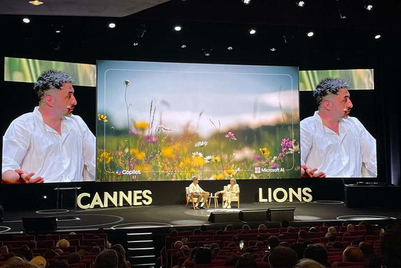
Not all media are booming. Radio advertising expenditure hit $1.13 billion, up by just one per cent. Magazine advertising expenditure showed a marginal decline to hit $1.3 billion.
New regulations that come into effect on 1 January will limit the airtime of TV commercials on many Chinese stations. Tao Tian, vice-president of CTR, forecasts a 24 per cent increase in TV ad rate cards as a result. “Given the limitation of TV ad resources, there will be approximately $1.84 billion of advertising expenditure outflow from TV media.”
The CCTV airtime auction in November recorded a net return of US$1.37 billion for 2010, with takings showing an 18.5 per cent increase.
CTR also measured the top advertisers between Q1 and Q3 2009. Procter & Gamble and Unilever in China were the biggest spenders at $2.04 billion and $1.29 billion, respectively. However, they were also the only advertisers that showed a decline in spending (13.7 per cent and 1.7 per cent, respectively). Packaged food company Ting Hsin International Group showed the greatest increase in ad expenditure, at 105 per cent, followed by L’Oreal with 50.8 per cent. The top 10 advertisers also included Harbin Pharmaceutical, Parkson, Coca-Cola, Wahaha, China Mobile and Sanjing Pharmaceutical.
The beverage sector demonstrated the highest growth in ad spending, with expenditure rising 52 per cent. This can be attributed largely to Master Kong and Wahaha. The cosmetic and bathroom product sectors remained the top advertisers, despite an increase of just one per cent compared to the same period last year.


.jpg&h=334&w=500&q=100&v=20250320&c=1)



.png&h=334&w=500&q=100&v=20250320&c=1)



.png&h=334&w=500&q=100&v=20250320&c=1)




.jpg&h=268&w=401&q=100&v=20250320&c=1)
.png&h=268&w=401&q=100&v=20250320&c=1)
.png&h=268&w=401&q=100&v=20250320&c=1)

